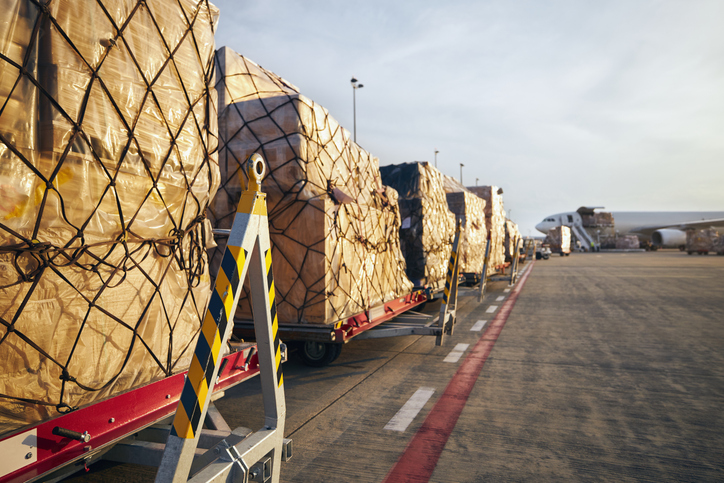
The Weekly Roar
In this week’s Roar: Trump tariffs go to court, new EU tariffs delayed, air cargo volumes rebounding, the trucking industry’s Great Freight Recession, and how space-based technology is transforming the supply chain.
Last week a US Trade Court (CIT) blocked many of President Trump’s new tariffs only for them to be quickly reinstated and the legal battle only starting. The bottom line for importers right now is that IEEPA tariffs remain in effect. The CAFC’s stay pauses enforcement of the CIT’s ruling while longer-term legal review continues. More importantly, importers will continue paying the tariffs. With two courts asserting jurisdiction over the matter, final authority (whether CIT or the District Court) remains undecided and will be decided only through litigation.
President Trump has delayed implementing new 50% tariffs on EU imports until July 9 after speaking with EU Commission President Ursula von der Leyen. Markets rebounded on the news, but analysts are cautioning that things are still very uncertain. European officials say talks are ongoing, but experts warn that the delay may not be enough to reach a full deal. Trump’s aggressive negotiation style is seen as an attempt to pressure the EU, but the bloc appears resistant. Analysts point to the unclear demands the U.S. is making and warn that failure to reach a deal could spark retaliation, especially in sectors like pharmaceuticals and services.

Air cargo volumes rebounded globally in mid-May, rising 6% week-on-week, mostly due to an 11% surge from Asia Pacific origins. This followed holiday-related slowdowns in Japan and South Korea, but de-escalation in US–China trade tensions is also a major factor. China and Hong Kong to US volumes rose 19% week-on-week, regaining early April levels, while spot rates stabilized. Traffic to Europe also increased, though rates were mixed. Global average rates rose 2% weekly but remained below 2024 levels year-on-year.
The US trucking industry is undergoing its most prolonged downturn, the “Great Freight Recession,” which began in March 2022. The problem began because of the overcapacity that resulted from a surge of new carriers during the pandemic—thanks to high freight rates and government stimulus. But an influx of undocumented drivers has complicated things even further, with many of them getting their Commercial Driver’s Licenses (CDLs) without proper testing, leading to safety and regulatory concerns. Unfortunately, these drivers often accept lower wages and endure poor working conditions, dragging down industry’s standards. The combination of overcapacity and labor issues has led to widespread bankruptcies and an industry reshaping itself.
“Space, the final frontier.” Actually, the World Economic Forum is telling us about new frontiers in space technology that are transforming supply chain, transportation, and mobility (SCTM) sectors. Space-based technologies like Earth Observation (EO) satellites and Positioning, Navigation, and Timing (PNT) systems provide real-time visibility and data that enhance the efficiency and resilience of global supply chains. They enable businesses to optimize logistics, reduce costs (NASA estimates potential savings of at least 35%), and improve decision-making processes. Some estimates state that the space economy is projected to grow from $630 billion in 2023 to $1.8 trillion by 2035, and SCTM will be the fastest-growing segment.
For the rest of the week’s top shipping news, check out the article highlights below.









